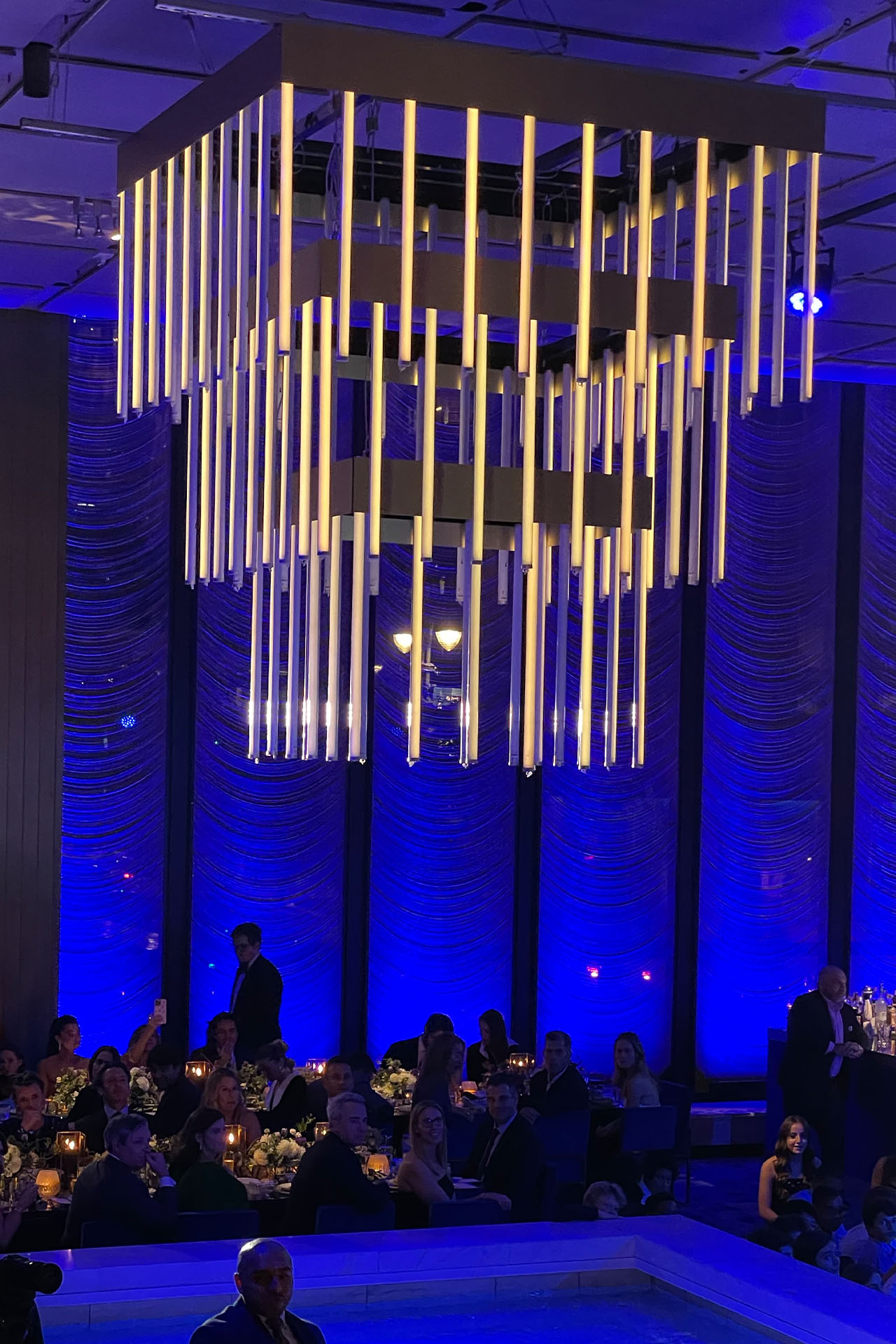
One of the key benefits of using VR reality in blended events is the capability to create a shared space for all attendees. In a traditional format, in-person participants might have access to certain activities or opportunities that remote attendees cannot enjoy. However, with virtual reality, everyone can navigate the same virtual environment, regardless of their position. This technology allows for engaging displays, virtual connecting opportunities, and even game-like experiences that can engage audiences. As a result, attendees feel more involved and connected, leading to a richer overall experience.
Moreover, virtual technology can help break down obstacles that often occur in hybrid gatherings. For instance, virtual participants may feel isolated or disengaged from the central event. By integrating virtual reality, organizers can create a feeling of presence that makes virtual participants feel as if they are part of the action. This can be realized through features like digital avatars, which allow participants to connect with one another in real-time. Such connections can encourage collaboration and connecting, making it easier for people to engage and share thoughts, regardless of their geographical position.
In furthermore to improving involvement, the use of VR reality in hybrid events can also provide valuable insights and information for planners. By monitoring attendee interactions and behaviors within the digital space, gathering organizers can collect data on what elements of the event were most engaging. This data can be used to improve future events, ensuring that they meet the needs and wants of attendees. Grasping how attendees engage with both the digital and physical elements can lead to more efficient gathering approaches and improved overall encounters.
Finally, the integration of VR technology and physical interactions in hybrid events represents a significant change in how we approach gatherings and conferences. As technology continues to evolve, the professional event staging potential for creating engaging and interactive experiences will only grow. By embracing this new model, event organizers can transform the way individuals engage, educate, and work together. The prospects of blended gatherings is promising, and the smooth combination of VR technology will play a key part in defining that future.